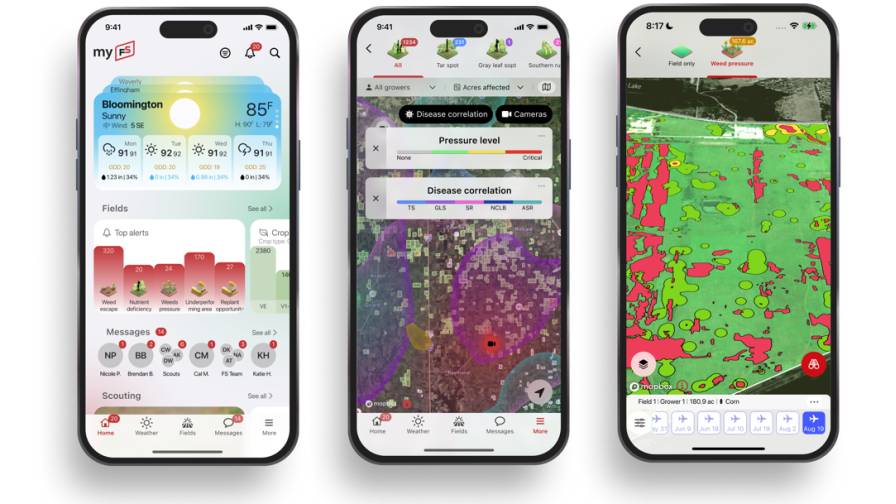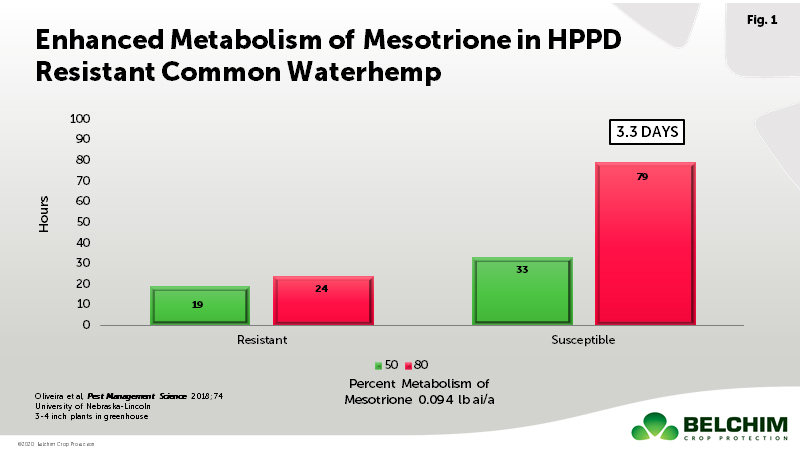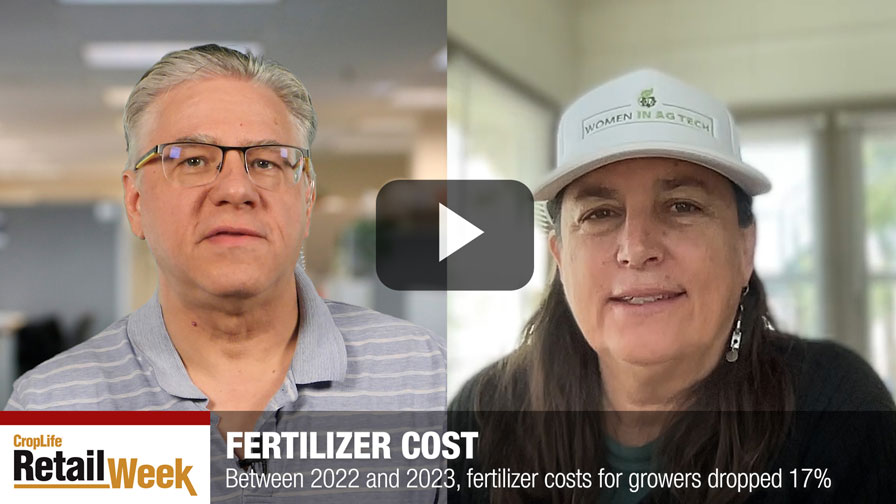Bee Issues Could Impact Seed Treatments
Could seed treatments, which have grown steadily into a multi-million dollar part of the agricultural market, be the next target of environmental activists that blame agricultural practices/products for poorly understood bee deaths?
Earlier this week, I had the chance to visit with CropLife America’s Jay Vroom and Beau Greenwood, who happened to be in my neck of the country on a business trip. During our meeting, Greenwood lamented the fact that agriculture in general always seems to be on the defensive when it came to addressing its critics.
“We might be a victim of our own success,” said Greenwood. “But overall, our industry doesn’t do a good job of talking about its successes and instead simply reacts whenever we feel threatened.”
But this isn’t true at CropLife America, at least when it comes to protecting the seed treatment side of the business. As Vroom pointed out in the meeting, the EPA has taken “a keen interest” in insect pollinator health, particularly since a misapplied crop protection product in Oregon a few weeks back was tied to the deaths of some 25,000 bumblebees. “There’s always the danger seed treatment products could suffer by some kind of guilt by association,” said Vroom.
To combat this potential threat, CropLife America, in partnership with the American Seed Trade Association and the National Corn Growers Association, has introduced what it calls a Guide to Seed Treatment Stewardship. The purpose of this program is to provide growers and seed companies with critical information and guidelines for managing treated seeds to minimize their risk to non-target organisms such as pollinators.
“Continuous advancements in seed-applied technology have led to the increasingly precise use of crop protection products,” said Vroom. “This guide outlines how all of us in agriculture can help minimize any potential risk and better protect the environment along the way.”
I couldn’t agree more with this proactive effort to protect both insect pollinators and the seed treatment segment of agriculture. In reality, we need many more such programs to combat the industry’s very vocal critics.
For more information on this worthwhile program, visit www.seed-treatment-guide.com.






